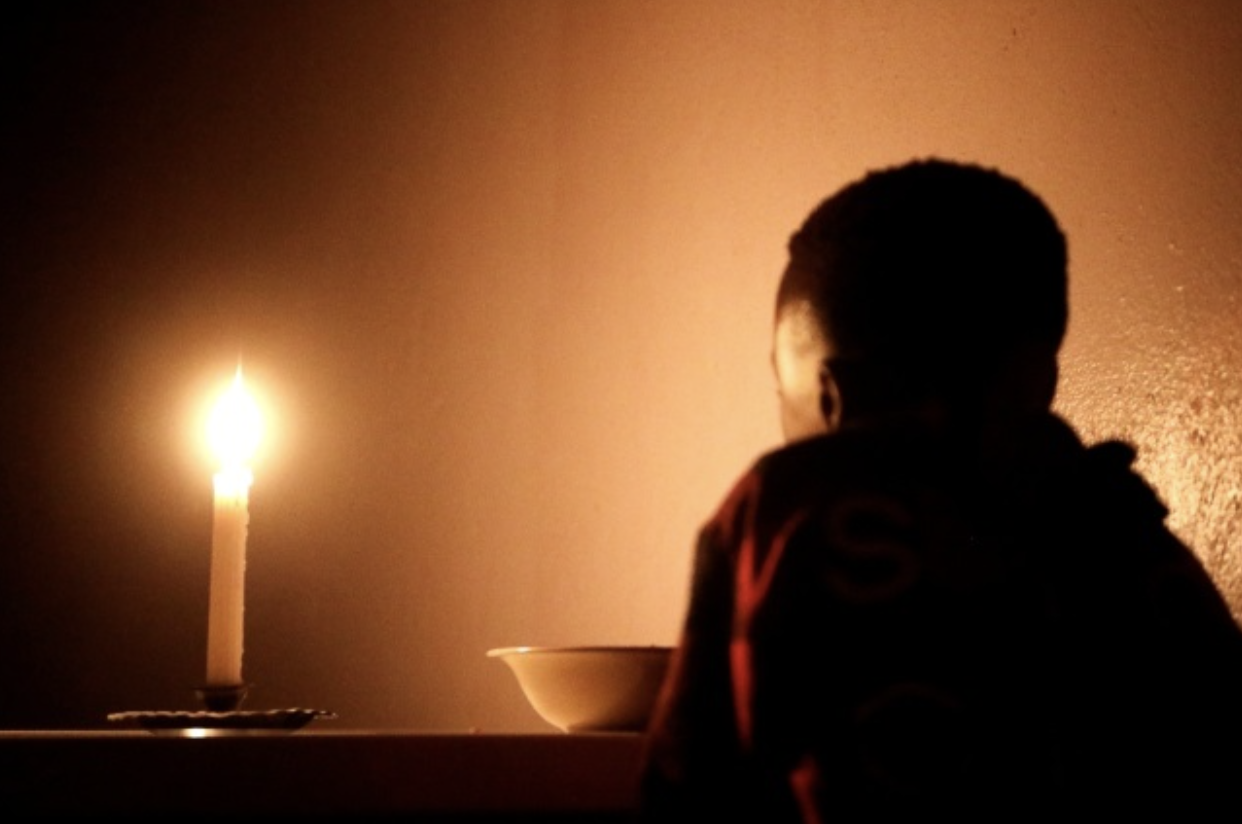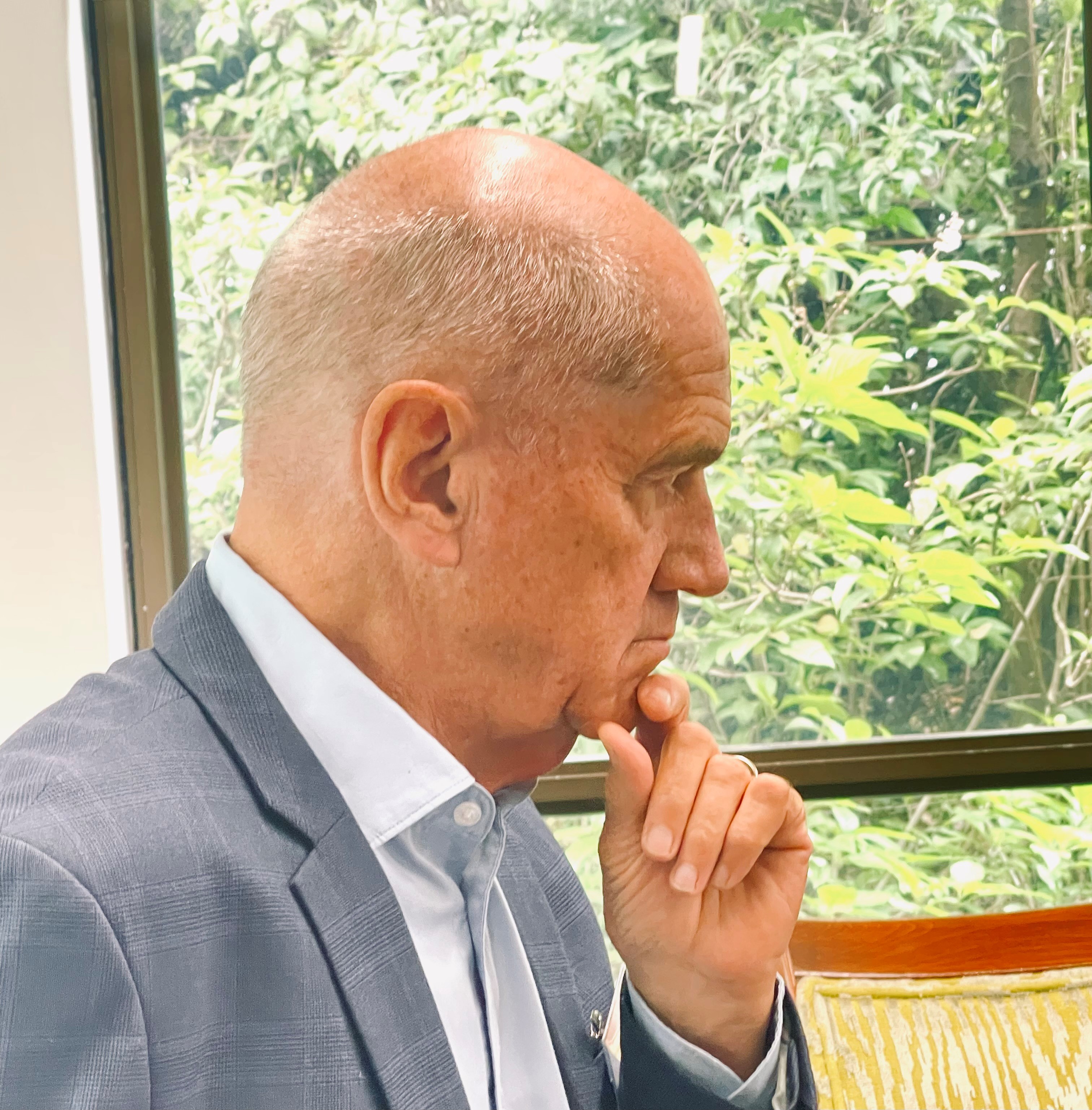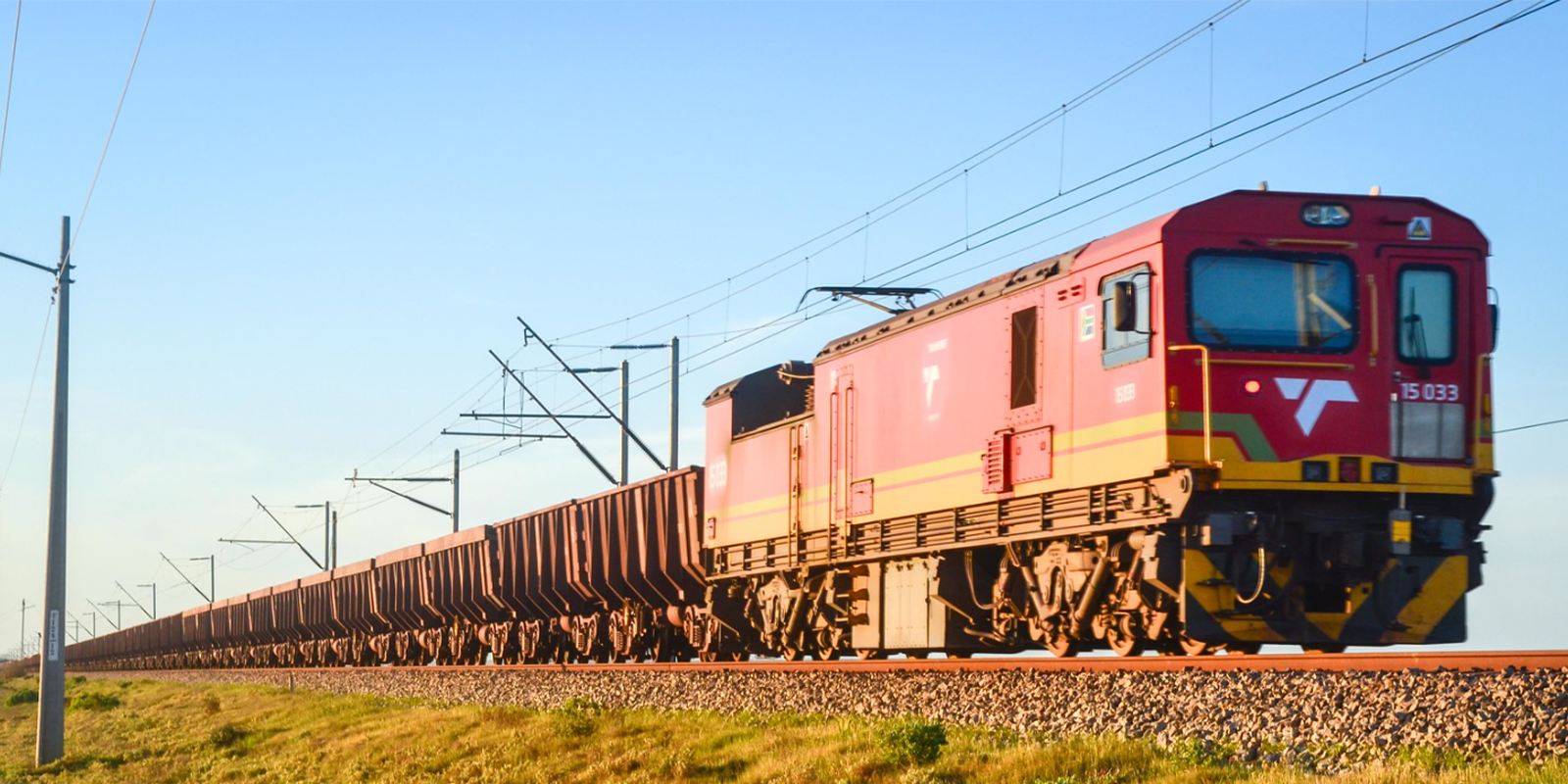News
South Africa 2035: The Good, Bad and the Ugly
I can talk about the power of scenarios first hand. During the late 1980s, as the tug of war between the “reformers” and the “hardliners” within my party, the National Party, raged on, there was a danger that the country would take a wrong turn and turn its back on the opportunity to negotiate. It was at that time that Clem Sunter released his High Road, Low Road scenarios for the future of South Africa.

We were fortunate to be among those to hear his presentation, The World and South Africa in the 1990s. His scenarios made the choices that we faced real.
We could clearly see how a negotiated political settlement would create the opportunity for South Africa to move away from violent confrontation and towards a future where there was the possibility of growth and development. On the other hand, he mapped out how the low road would lead to greater confrontation, civil war and a wasteland where there would be no winners.
The scenarios played no small role in cementing the consensus that we must take the high road, knowing there would be political consequences – including a likely end to the rule of our party – because the alternative was so dire.
The constitutional talks and the political settlement as well as the transition to the inclusion of all in a democracy, created the opportunity for us to move forward. But it is now clear we have not made the most of that opportunity.
Some three decades after our first inclusive elections, we are facing serious economic challenges, with major problems in our state-owned enterprises. Insufficient electricity generation and declining rail capacity are causing economic difficulties.
We are also struggling to deliver a sustainably better life for all, as government capacity weakens and private sector investment stays away.
The crisis is all around. Our economy is woefully failing to create jobs and the majority of young people have no future in the world of work, bereft of suitable skills and lacking opportunities.
Electricity supply is precarious to the extent that we have invented a term – load shedding – to explain its devastating frequency.Our foreign relations policies are misaligned with the interests of our largest trade and investment partners, and unfocused on Africa.
Crime, especially violent crimes such as murder and armed robbery, are on the rise and we are starting to see the mafia-style extortion of businesses.
On top of this, the country’s political leadership is in turmoil. President Cyril Ramaphosa, once believed to be the person to finally lead South Africa out of the darkness of state capture, corruption and economic failure, has struggled to turn things around.
In addition, the way South Africa has handled Russia’s war on Ukraine has raised tensions among long-term friends of democratic South Africa.
All of this has created a climate of extreme uncertainty. Where is the country going? Is the economy doomed to failure as Eskom switches off the lights? What will happen if next year’s elections fail to produce an outright winner? What are the choices available to South Africa’s leaders and its citizens alike?
There is a general sense among the electorate that we are losing our way.
It was against this background that, representing the In Transformation Initiative, I became involved in the development of the scenarios outlined in this book, along with the Brenthurst Foundation.
It was, once again, an eye-opening experience, as we tried to lay bare where the country would go, depending on the choices made by leaders, citizens and political parties.
We are, once more, at a fork in the road. Make the right decisions and we can return to the track we veered off a decade ago – one where there is inclusive economic growth and a people’s economy that creates the jobs we so desperately need. Make the wrong decisions and we are heading for failure.
This time around, it is not the spectre of political violence that looms large, but rather that of a Venezuela or Zimbabwe-style failing state, where there is social unrest and growing poverty as rule by the law is replaced by the rule of powerful political mafias.
Fortunately, South Africans are, as ever, sensible and we want to solve our problems. Our fieldwork indicates a different political dispensation is evolving, ushering in a new era of multiparty contestation after three decades of single-party dominance.
The message is a simple one: the people want their leaders to recognise that there is a serious national emergency and to start working together to fix it instead of squabbling.
They are tired of being fed old ideologies. They want rational policies to be adopted by a sensible government that is laser-focused on getting us out of this crisis. What is clear is that there is no one party or leader capable of solving this crisis on their own. We need each other more than ever.
There has been much talk about coalitions and whether or not they will work.
Rather than focusing on the minutiae of coalitions, we need to focus on building a united, powerful centre in South African politics, which can make the rational decisions needed and see to it they are implemented.
A lot hangs on the coherence of those at the centre, on whether those who favour constitutionalism and the rule of law are able to suspend hostilities and band together to save South Africa. This is no time for old ideologies and opportunists.
What is needed is a return to the solid, foundational values of democratic South Africa: the rule of law, openness and accountability, and a focus on fixing our problems rather than generating more chaos.
This goes beyond party politics. It requires all those in civil society and the private sector, as well as the majority of South Africans who hold these values dear, to come together to bring about renewal and reform.
Based on research into the country’s economic position, the positioning of political forces and the attitudes of South African voters, our three scenarios – the good, the bad and the ugly – attempt to draw fact- based conclusions about the country’s trajectory.
Let us not forget that no South African is a spectator, watching helplessly from the sidelines. Our future is determined by who we vote for, how we seek to tackle problems in the streets where we live and how we work towards the same goals.
I don’t want to pre-empt what is in the book, but here is a broad overview of the three scenarios.
The good scenario sees those who support constitutionalism, the rule of law and reforms aimed at spurring on economic growth – the silent majority of South Africans – putting aside their differences and building a powerful new reform movement at the centre of South African politics.

In this scenario, South Africa is proudly a constitutional democracy and seeks to build relations with others who share the same values on the world stage.
This approach could be taken by a coalition of opposition parties with or without the ANC, or by ANC reformers if they are able to take full control of the party and act decisively.
In the bad scenario, the ANC enters into a coalition with the EFF and makes concessions to a radical policy platform that includes some nationalisation and the seizure of private land by the state.
The result will be a rapid and precipitous decline in the country’s finances as nationalisation is implemented and the prosecution of party bosses for corruption ceases.
Maligned external actors, such as Russia, entrench themselves within government and the country abandons its Constitution and democratic values. Investors will flee, sending the currency into free-fall and causing hyperinflation, leading to economic collapse.
The ugly scenario represents a continuation of the status quo. The ANC remains divided and unable to chart a clear path to reform and the rule of law.
The energy crisis continues to accelerate, the economy continues on a path of anaemic economic growth and joblessness continues to rise. Investment continues to underperform, and government remains wary of the private sector.
We also explore a fourth scenario, A fistful of cents, which is a close relative of the ugly scenario, except that cronyism rises as elite extraction accelerates and the state loses its attempt to rein in corruption and graft.
The result is greater inequality and joblessness, while the elite thrives by extracting rents, legal and illegal, from a sliding economy.
The future is not preordained. On the contrary, the right decisions by citizens, party members and political leaders can water the shoots of constitutionalism and democracy and propel the country on to the road of economic reform and growth.
While coalition politics looks inevitable, the effect on the ANC is less certain: whether the party of liberation becomes part of the solution or the principal problem for South Africa’s development is the choice of the ANC and its leadership and, ultimately, the electorate.
It is my hope that these scenarios will make our options clearer so that we make the right choices, in much the same way that Sunter’s scenarios helped move South Africa away from violent confrontation and towards democracy three decades ago.
This article originally appeared in City Press
Photo: Fani Mahuntsi


